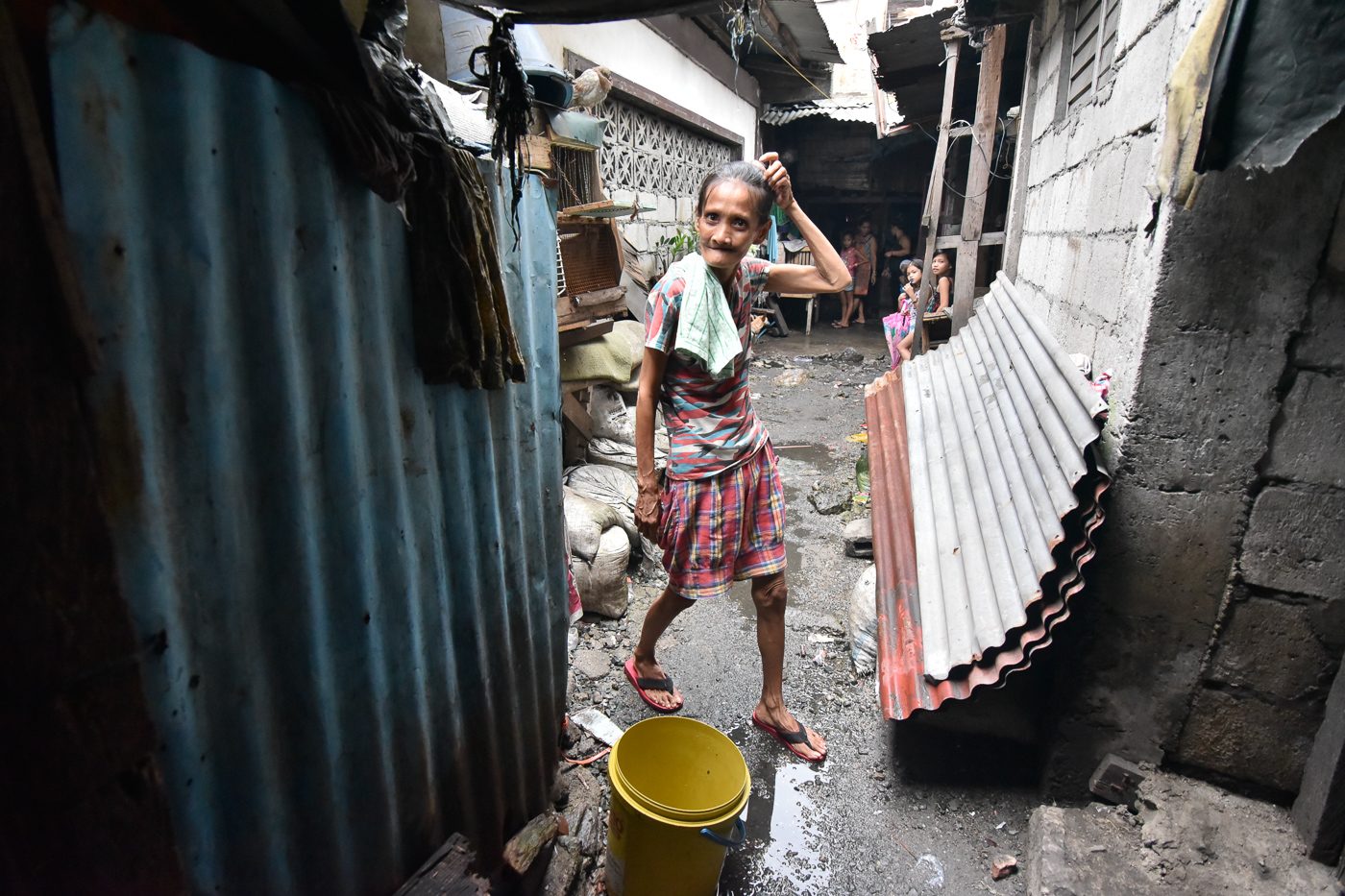SUMMARY
This is AI generated summarization, which may have errors. For context, always refer to the full article.

MANILA, Philippines – The Philippines is 61st out of 82 countries in social mobility or the ability of an individual to move up from one’s socioeconomic strata, according to the maiden study on the matter by the World Economic Forum (WEF).
WEF’s Global Social Mobility report gave the Philippines a social mobility score of 51.7, which placed the country in the bottom half of all countries ranked in the study.
The country was behind most of its neighbors in Southeast Asia, overshadowed by Singapore (20th), Malaysia (43rd), Vietnam (50th), and Thailand (55th). However, it outperformed Indonesia (67th) and Laos (72nd).
Japan was the highest-ranked Asian country at 15th, while China ranked 45th.
The top 10 globally were Denmark, Norway, Finland, Sweden, Iceland, Netherlands, Switzerland, Austria, Belgium, and Luxembourg.
“Economies with greater social mobility provide more equally shared opportunities –namely, an equal and meritocratic footing irrespective of socioeconomic background, geographic location, gender, or origin. There is a direct and linear relationship between a country’s income inequality and its social mobility score on the index,” WEF said.
“Low social mobility entrenches historical inequalities and higher income inequalities fuel lower social mobility,” it added.
Pillars
The study considered 5 pillars of social mobility: health, education, technology, work, and resilience and institutions.
The Philippines ranked 69th overall in the health pillar, as the country performed poorly on addressing teenage pregnancies and malnourishment. Access and quality of health care, as well as the country’s life expectancy, dragged down the country’s overall rank as well.
In the education pillar, the country was 56th overall. Figures showed that inequality in the sector, teacher-pupil ratio, as well as the percentage of youth neither in the educational system nor employment were larger as opposed to the rest of the world. (READ: PH health care, infra, institutions among worst in the world – WEF)
On the upside, the country was ranked quite high at 25th in terms of the quality of vocational training.
WEF also found that adult Filipinos had the least amount of access to technology and ranked the Philippines at 62nd overall. Access to the internet and electricity were among the lowest ranked indices within the technology pillar.
The Philippines was also found to struggle in work opportunities. The country ranked 52nd overall, as unemployment, female-to-male ratio in the labor force, fair wages, and working conditions were considered among the poorest in the world. However, the Philippines ranked first overall in terms of low wage incidence.
Social protection and inclusiveness of institutions in the Philippines performed poorly in the WEF survey as well. The study showed that social protection spending and political stability were among the country’s biggest problems. – Rappler.com
Add a comment
How does this make you feel?
There are no comments yet. Add your comment to start the conversation.